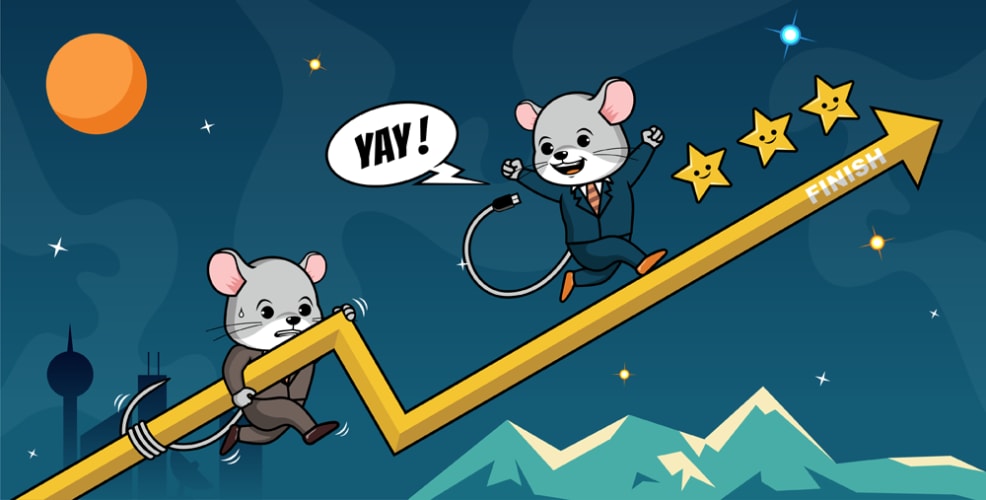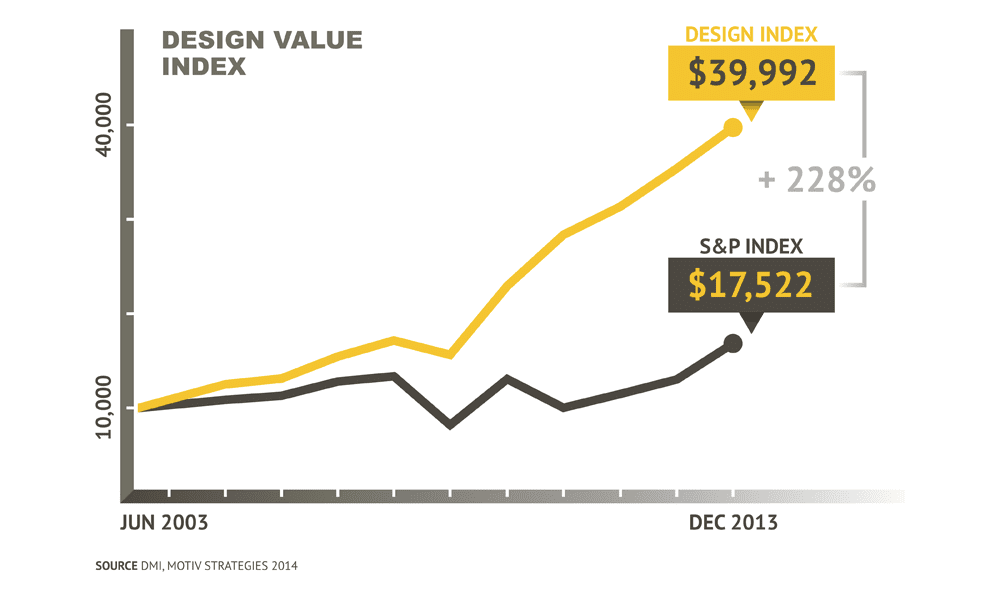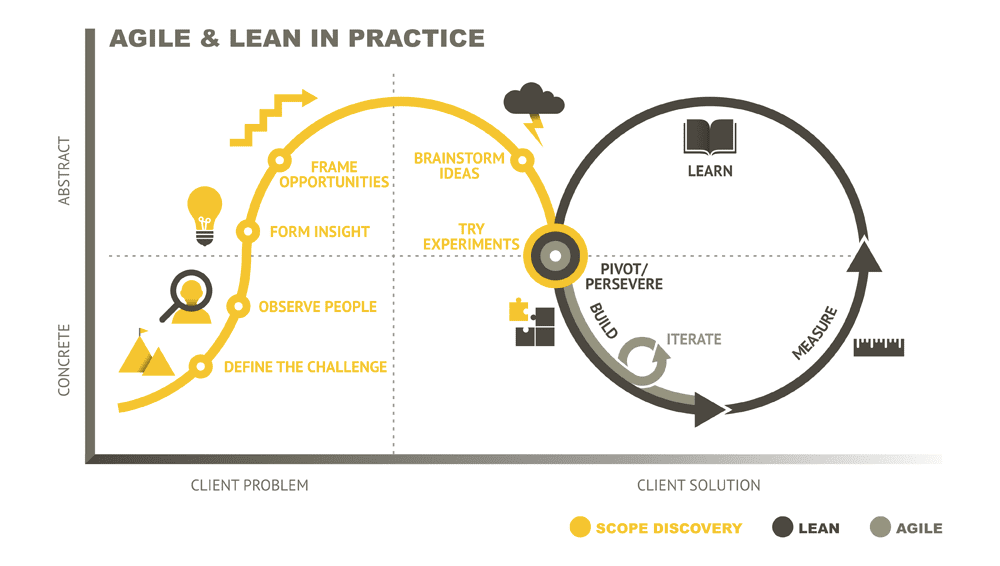
Please note that this blog is archived and outdated. For the most current information click here!
Ready, Set, Sprint! Engage Users Early to Hit Your Goals

Being user conscious is good business! The problem is many developers and managers are failing to involve end users at an early stage, when changes are more easily and cheaply made. They often think they have enough experience to know what end users want, and maybe they do have a better understanding than most. But, you know who is even better at knowing what end users want? End users!
Unless you have accounted for everything, which is unlikely, end users will expose problems and you will need to make changes. You can't pre-solve every possible problem. What you can do is engage with end users to better find these issues sooner rather than later.
According to Susan Weinschenk, as much as 50% of development time is spent redeveloping over, through, and under emerging problems. No wonder as many as 15% of IT projects are abandoned! Redeveloping is often as costly as developing. This is partly because adding a single attribute involves more than simply adding said attribute. Databases, UI, and other attributes must also be updated with each addition. Not only does this consume development time, but also the software team's enthusiasm for the build.
The new philosophy underpinning software development is agile & lean. Agile developers are responsive. They engage with end users early and repeatedly. Lean developers place a premium on efficiency. They embrace Albert Einstein's maxim: "everything should be made as simple as possible, but not simpler". Being agile and lean is critical in user-centered design. Agile and lean are innovative ideas all developers can and should take on board.

Getting The Most Out of Scope Discovery
According to Susan Weinschenk, as much as 50% of development time is spent redeveloping over, through, and under emerging problems. No wonder as many as 15% of IT projects are abandoned! Redeveloping is often as costly as developing. This is partly because adding a single attribute involves more than simply adding said attribute. Databases, UI, and other attributes must also be updated with each addition. Not only does this consume development time, but also the software team's enthusiasm for the build. Competition is increasing. Not only economically, but also culturally. We live in an age of instant gratification: user-centered design no longer an option, but a necessity! Be agile, be lean, and most of all engage with your end users early and regularly.
Don't be afraid to go old fashioned and use questionnaires, surveys, and focus groups. They work! Plan and prototype based on these. Remember, it's easier to change plans than code or graphics. So make sure those plans are accurate. Accurate scope discovery is as important as code and UI.
WorkingMouse: Agile and Lean Innovation Development in Practice
At WorkingMouse we have embraced the principles of agile and lean development. We employ an innovative process made up of a number of sprints. Each sprint can be thought of as a leg on a relay. A race in it's own right, but part of something bigger. We create a minimum viable product (MVP) in the first sprint. This MVP is then expanded or reshaped by subsequent sprints. This system makes us better able to respond to what end users actually want and need.
There are times when end user engagement is impossible. But are plenty of times when it's possible. Take advantage of those times, because by engaging with users early and regularly, you can avoid falling short of your finish line.
There are a number of ways to maximise the accuracy of your project's scope discovery phase. One way is to start simple. Build a base that can be expanded or reshaped whichever way the data demands. This is something we do at WorkingMouse.




